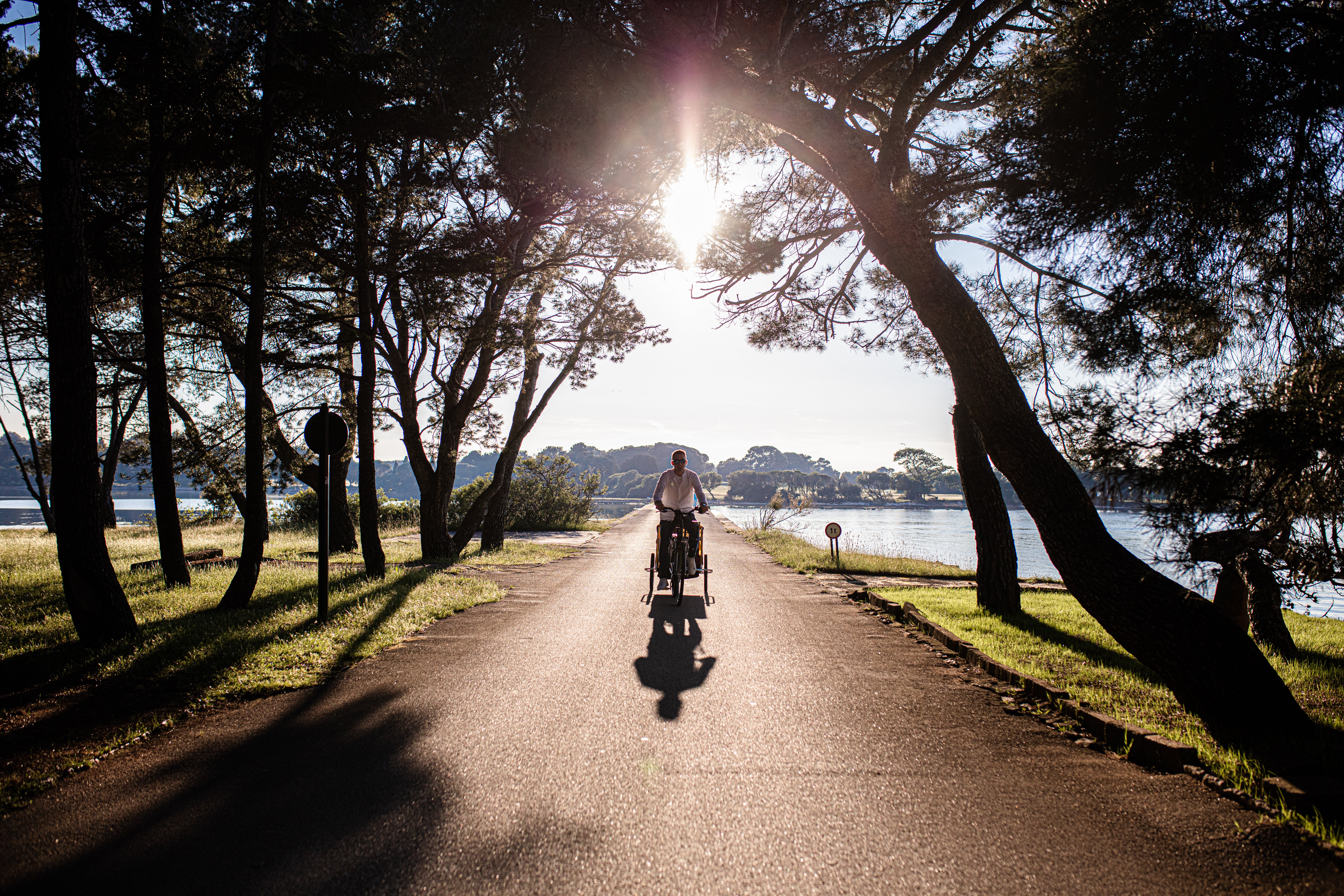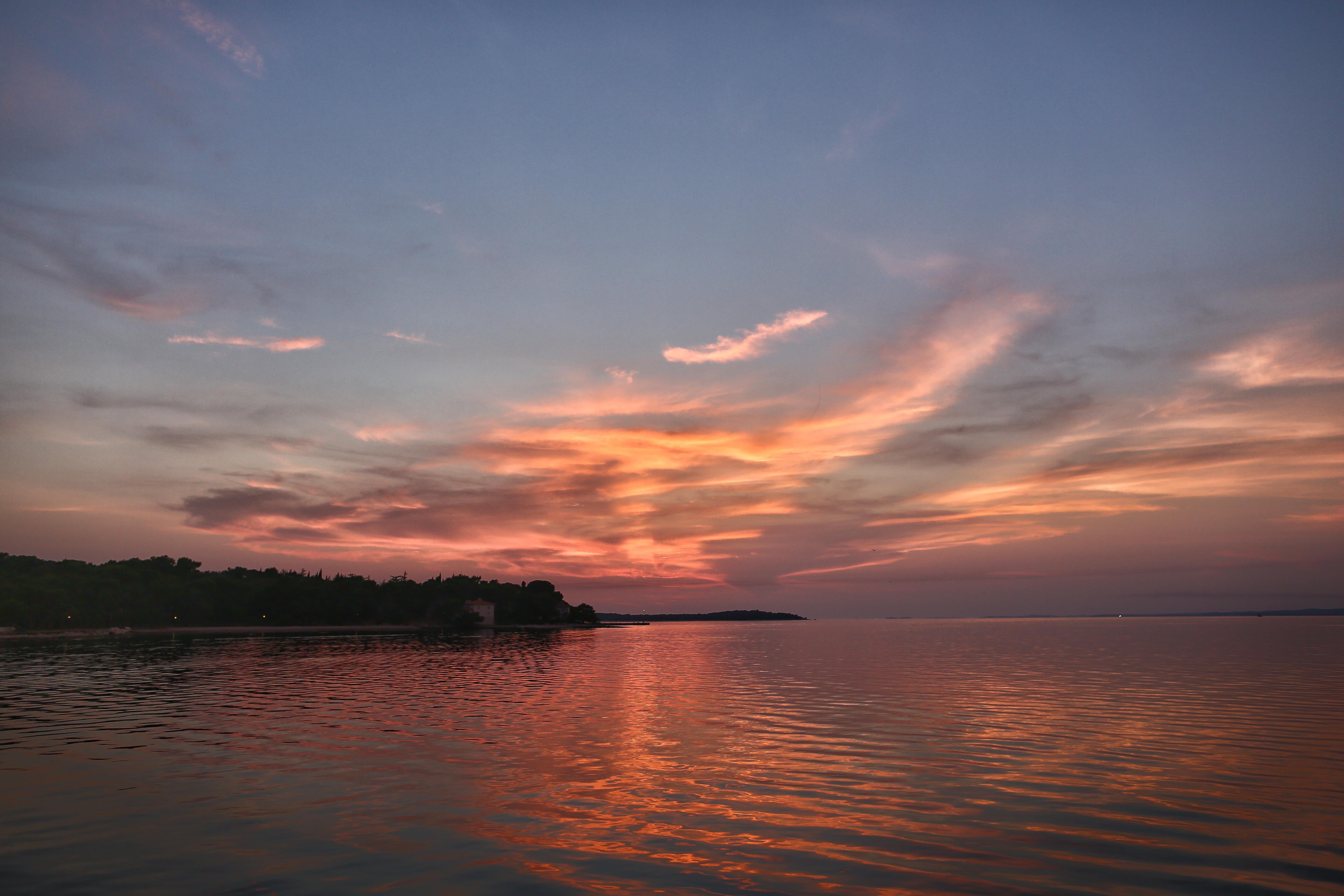Uncovering the quirky beauty of Croatia’s under-the-radar Brijuni islands
This lesser-known archipelago in the Adriatic rewards travellers with surprises at every turn, from Tito’s Cadillac to a Byzantine fortress, writes Mary Novakovich


Your support helps us to tell the story
From reproductive rights to climate change to Big Tech, The Independent is on the ground when the story is developing. Whether it's investigating the financials of Elon Musk's pro-Trump PAC or producing our latest documentary, 'The A Word', which shines a light on the American women fighting for reproductive rights, we know how important it is to parse out the facts from the messaging.
At such a critical moment in US history, we need reporters on the ground. Your donation allows us to keep sending journalists to speak to both sides of the story.
The Independent is trusted by Americans across the entire political spectrum. And unlike many other quality news outlets, we choose not to lock Americans out of our reporting and analysis with paywalls. We believe quality journalism should be available to everyone, paid for by those who can afford it.
Your support makes all the difference.As former presidential playgrounds go, Brijuni National Park ranks pretty close to the top. These 14 islands and islets scattered off Croatia’s south-western coast of Istria became the luxurious summer residence of Yugoslavia’s late president Tito, until they were turned into a national park 40 years ago. Tito would entertain heads of state – and much of Hollywood – in lavish surroundings on the main island of Veliki Brijun when he wasn’t holed up in his private villa on the now-off-limits island of Vanga.
When you step off the boat that takes you from the small Istrian fishing village of Fažana 15 minutes away, it’s easy to see why Tito preferred to spend up to four months a year in this relaxing place. Tito wasn’t the first to fall for Brijuni’s beauty, however. It appears that the Romans got there first, judging from the ruins of what would have been a large villa rustica overlooking Verige Bay. But it was an Austrian industrialist, Paul Kupelwieser, who bought the islands in 1893 and created a pampering retreat for aristocrats and luminaries so they could play golf and polo and take fragrant strolls in the Mediterranean Garden. Even James Joyce nipped over from nearby Pula where he was living at the time to celebrate his birthday here in 1905.

Nowadays, you have the choice of taking the boat from Fažana for a day trip or staying overnight in one of the three hotels and three villas. If you have your own boat, you can moor in Veliki Brijun’s marina or dock in St Nicholas Bay on the island of Mali Brijun. Once you arrive, you’ll quickly fall into the slow rhythm of island life and discover an astonishing amount of history packed within a small area.
A little tourist train will be waiting at Veliki Brijun’s pine-shaded harbour, ready to take you on a guided tour around the island’s main sights. There’s always the option to explore on foot on your own with the help of the Brijuni National Park app, or hire an electric golf cart or bike at the harbour, but you’re asked to keep within the designated footpaths.
Read more on Croatia travel:
However you choose to get around the island, you’ll soon stumble upon some of the oddities that came about when not one but two men created their own island paradise. The train will take you past a golf course towards the Safari Park, where some 80 herbivores and peacocks roam the grounds. You’ll see the descendants of creatures given to Tito by world leaders, including llamas and zebras, as well as Istrian goats and donkeys. Breathe in the scent of the maquis as the train goes through woods of umbrella pines and holm oak and past a 1,600-year-old olive tree. Centuries of history are everywhere as you visit the ruins of the Roman villa at Verige Bay and wander round the remaining walls of a Byzantine fortress.

There’s more of the 20th century in store at the Tito Museum, whose photographic displays show the former dictator with many of his guests including Elizabeth Taylor and Richard Burton. You’ll also see exhibits showing how Paul Kupelwieser managed to transform this previously malaria-ridden island into a fashionable retreat. You can spot Tito’s Cadillac given to him in 1953, in which he used to drive Sophia Loren and Josephine Baker around the island. It’s now available to hire for 30 minutes at a time – assuming you’ve got €700 to spare.
If you fancy a game of tennis, you might come across local deer nibbling away in the surrounding grounds – the authorities prefer to let the wildlife keep the grass down rather than use mechanised mowing. The footpaths that wind around the coast take you past inviting little coves and beaches, mostly rocky and pebbly, where you can stop for a swim. Scuba divers can explore the underwater world of Verige Bay, and kayakers can check out neighbouring islands of Mali Brijun, Kozada and Sveti Jerolim on organised excursions.

Summertime brings life to Mali Brijun – which is otherwise closed to the public – and specifically cultural life in the Ulysses Theatre. Here, in the atmospheric setting of 19th-century Fort Minor, theatrical productions of classic plays are put on throughout the summer. Boats go directly to Mali Brijun from Fažana during the theatre season. If you happen to visit in mid-July, you can catch some of the outdoor screenings put on by the Pula Film Festival in Veliki Brijun, timed with the boats that take you from Fažana and back again.
Travel essentials
Getting there
Trying to fly less?
From London, travellers can reach the port city of Rijeka in Croatia in 24 hours by taking the Eurostar to Paris, changing for a train to Munich, and getting the Nightjet sleeper train from there. In Rijeka, catch a 2hr15m bus to Pula, from where it’s a 20-minute drive to Fazana by taxi or a 30-minute bus to Fazana to catch the boat to Brijuni.
Fine with flying?
EasyJet flies direct from London Gatwick to Pula in the summer. From there, it’s a 20-minute drive to Fazana by taxi or a 30-minute bus to Fazana, from where there are boats to Brijuni.
Staying there
If you want to stay the night, you can choose from the three hotels that line Veliki Brijun’s harbour. Hotel Istra has doubles from €145 a night, including transportation to the island, as well as one return crossing from Brijuni to Fažana.
If you want to splash out on one of the three villas (with two, three and four bedrooms respectively), prices start at €1,150 a night at two-bedroom Villa Dubravka.
Read more of our Croatia hotel reviews
Mary Novakovich’s travelogue My Family and Other Enemies: Life and Travels in Croatia’s Hinterland has been shortlisted for the 2023 Edward Stanford Travel Book of the Year Award and is published by Bradt (£9.99)
Join our commenting forum
Join thought-provoking conversations, follow other Independent readers and see their replies
Comments